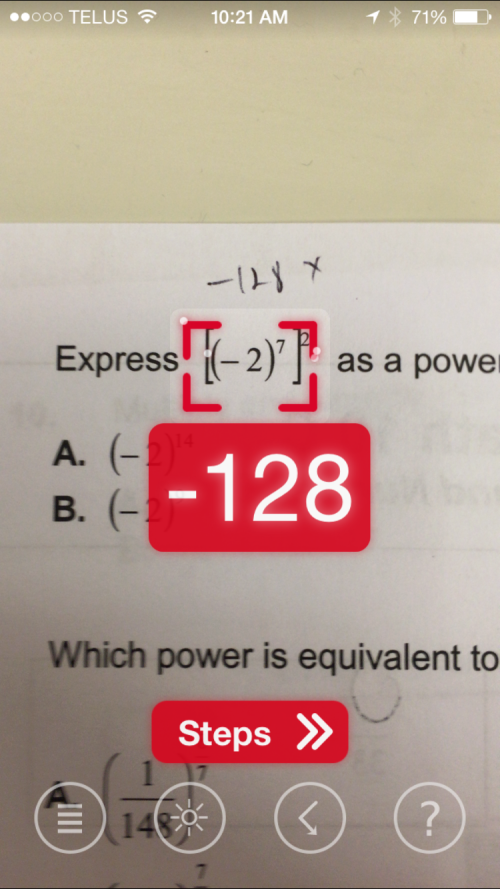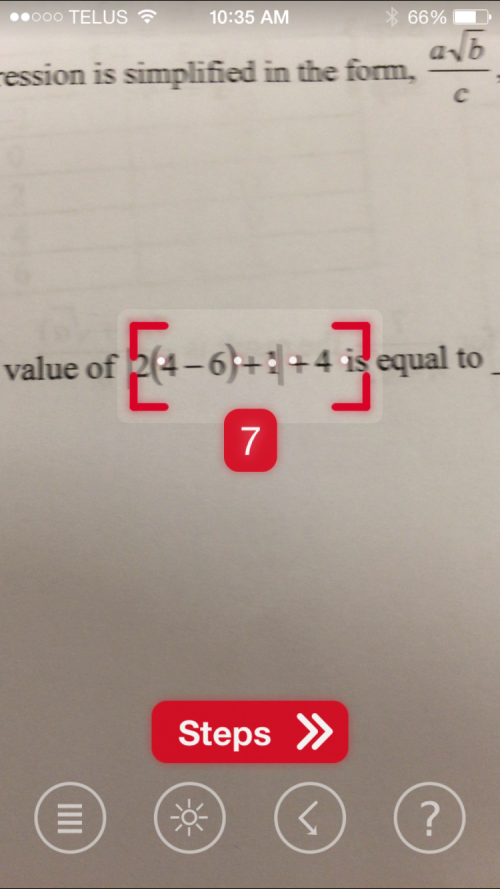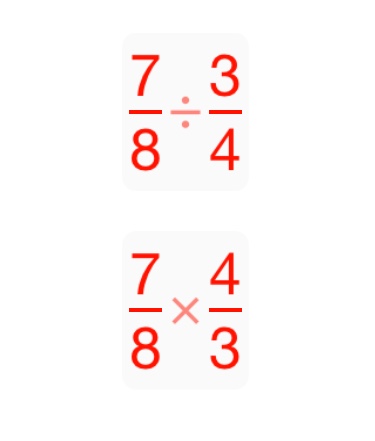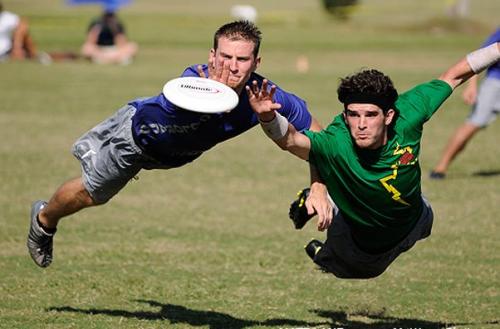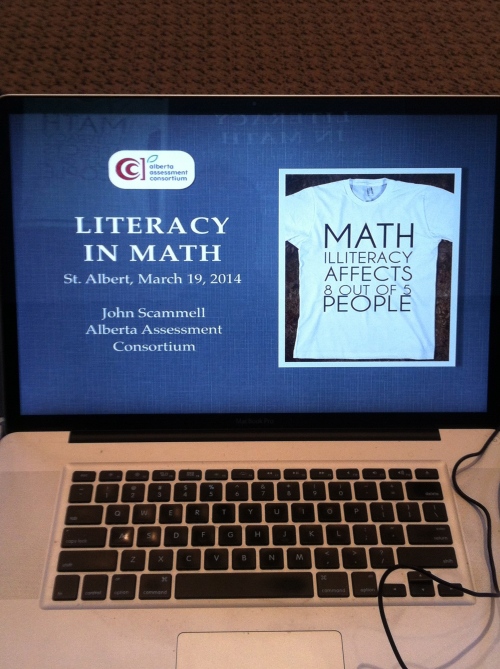Last week I attended Twitter Math Camp (yes, that’s a real thing). In my conversations with other attendees, we frequently ended up talking about how intimidating it felt being in the company of the other TMCers. This was a passionate and committed group of professionals sharing their best stuff. It was easy to be in awe of some of the presentations. This feeling of awe caused some people to experience angst.
This blog post from Mr. Kent really got people talking. If you haven’t read it yet, head on over there and check it out. I’ll wait. It’s way shorter than this post. Among other things, he says,
To be surrounded by this many people that are this far above me in every area of teaching, learning, growing, intellect, honesty, humor, and kindness, hit me like a stake through my heart. I truly feel as I am nothing compared to those I met here.
I respect how he was feeling. I had moments where I had similar thoughts myself. I’m writing this post to try to make him feel better, at the risk of offending other attendees. I suspect he’s a good teacher.
In addressing this post on her own blog, Kate Nowak says,
I’d just like to say, everybody chill the &^%$ out. We are all good at some things and suck at other things. One thing we all share is the recognition that we all have work to do, and that we can all get better, and that focusing on that is worth our time.
In the comments on Mr. Kent’s blog, Jen weighs in strongly with,
The truth is, many of the teachers at TMC14 have also admitted feeling inferior (look through this morning’s #tmc14 thread). It’s hard not to when so many great ideas are being shared – but remember, these people are there sharing a few great ideas, they can’t all be that awesome all of the time. What makes it harder still is the celebrity reception some of the veterans get from those newer to the mtbos. That’s not reality, and I wish it would stop.
I want to take her last comment a step farther. We need to get over ourselves, as a group. Underlying feelings like Mr. Kent’s, at least when I have them, is the assumption that everyone ELSE at TMC is a superstar. I suspect most of the attendees felt that way at one point or another. Is it possible that all TMC attendees are superstars? We (the attendees) sure act like it is.
I readily accept that the teachers who attend TMC are:
- committed – They do it on their time and 69% pay their own way.
- passionate – They talk about math teaching almost all the time inside and outside the conference. Informal sessions went on in the hotel after the conference was supposed to be over each day
- learners – These are people who want to get better.
Indulge me as I present a golf analogy, if you will.
The local sports radio station is organizing a golf trip to Mexico. The people who go on trips like that are committed (they do it on their time and they pay their own way), passionate (they love that silly game enough to go to all the way to Mexico, which is a long way from Edmonton) and I assume they want to improve their game. I have never been on a trip like that, but I’m fairly confident that some of those committed and passionate players stink at golf.
I’m 22 years into this education game. I’ve worked with hundreds of teachers. In the past five years consulting, I’ve been in dozens of classrooms and observed the teachers working in them. I am fairly confident that most of our teachers are good. I have a theory based purely on observation and my gut that says there are a small percentage of superstar teachers and a small percentage of teachers who really struggle. I sometimes put numbers on those small percentages that range from 2 to 10%, depending on who I’m talking to. I do picture a bell curve with a smallish standard deviation. I have absolutely no scientific data to back up my hypothesis. Personally, there are days when I feel like I’m a little bit to the right of the mean and days when I feel like I’m a little bit to the left of the mean. I rarely feel like I’m off in the far ends on either side. I’m good with that.
I don’t know why TMC attendees would be any different in pure teaching ability than any other set of 150 educators.
At TMC, committed and passionate educators share the best of what they do. Of course it looks good. They don’t share the lessons that tanked (Well, I did, but maybe I’m the only one that ever happens to. See, that self-doubt keeps popping up.). They don’t share the practices they tried that failed. They share their successes.
Let’s go back to that golf trip for a minute. Even the terrible golfers who go to Mexico probably have some elements of the game that they are good at. Maybe one of them knows a good tip for improving putting. Another knows how to correct a slice. Each of them could probably find a thing or two to share that benefits other players. Those things alone, though, aren’t enough for any of our terrible golfers to join the pro tour and make millions. Only a small percentage of golfers are that good.
There are superstar teachers at TMC, certainly. But not exclusively. There are a whole lot of good teachers sharing the best of what they do. Even the best ones there would tell you honestly that they have things to learn. They don’t go to TMC to be in the spotlight. They go to learn, and that’s what it’s about. It’s not about comparing our skills. It’s about growing together.



